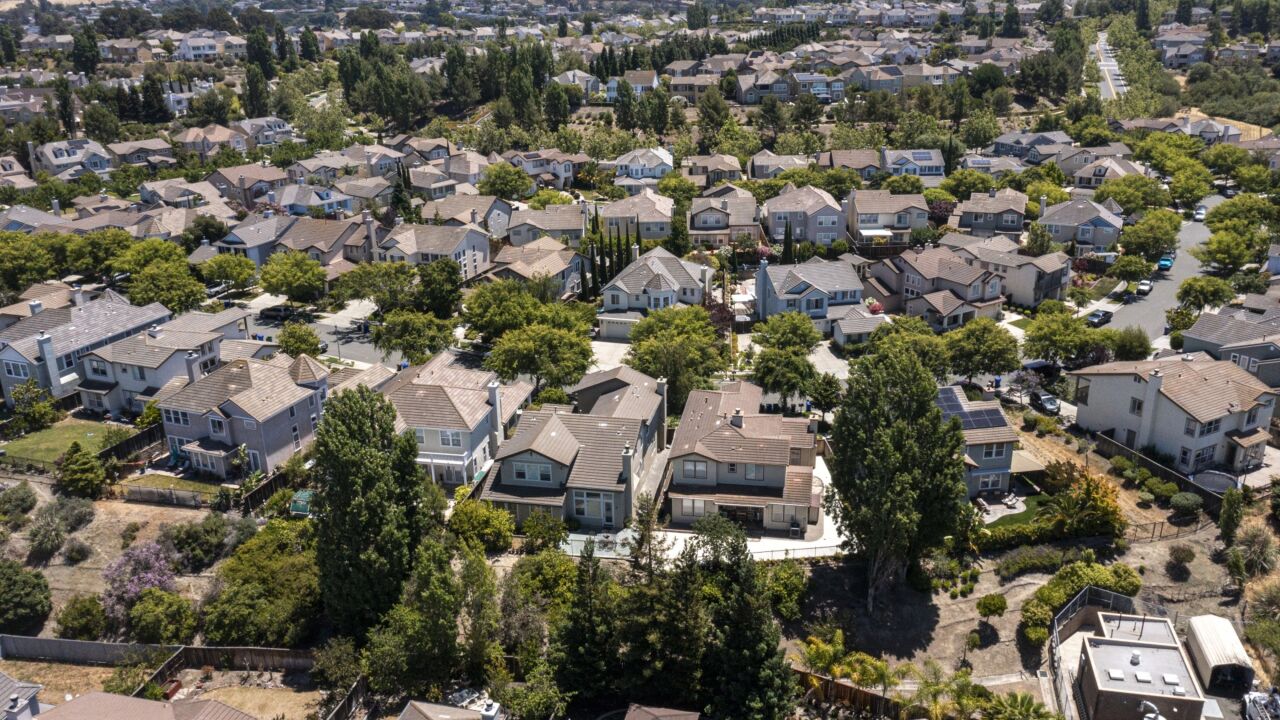A few weeks after
In its article, "Assessing Emerging Risks For Property/Casualty Insurers," S&P views the consideration of emerging risks as vital because of the broad-based, risk-accepting nature of property/casualty insurers. Furthermore, capital modeling can have some limitations when looking at risks that have an uncertain probability of occurring, are likely to occur but with unknown magnitude, or simply have never occurred before.
Emerging risk management concerns risks that, to date, have yet to result in significant losses for an insurer, but have the potential to cause problems. Emerging risks can appear quickly but most often unfold slowly, initially expressed as an idea or confluence of ideas more than factual circumstances. Emerging risks usually result from changes in the political, legal, market or physical environment. S&P gives the example of asbestos, while proffering prospective examples, which could include problems derived from nanotechnology, changes in regulation or climate change.
The assessment of emerging risks is a critical and forward-looking component of S&P's ERM and credit analysis for P&C insurers, the ratings agency says. Because of this, its review of an insurer's emerging risks and controls complements the capital model, and helps create a context for a comprehensive view of capital adequacy.
"Our world is increasingly dynamic, and to the extent an insurer can demonstrate a meaningful degree of preparedness in handling emerging risks, the more likely, in our view, it will be able to maintain its creditworthiness when a risk emerges," S&P says.





